Flavor characteristics of three main producing areas of coffee beans in Honduras introduction to the taste of fermented coffee beans in Shirley whisky barrel
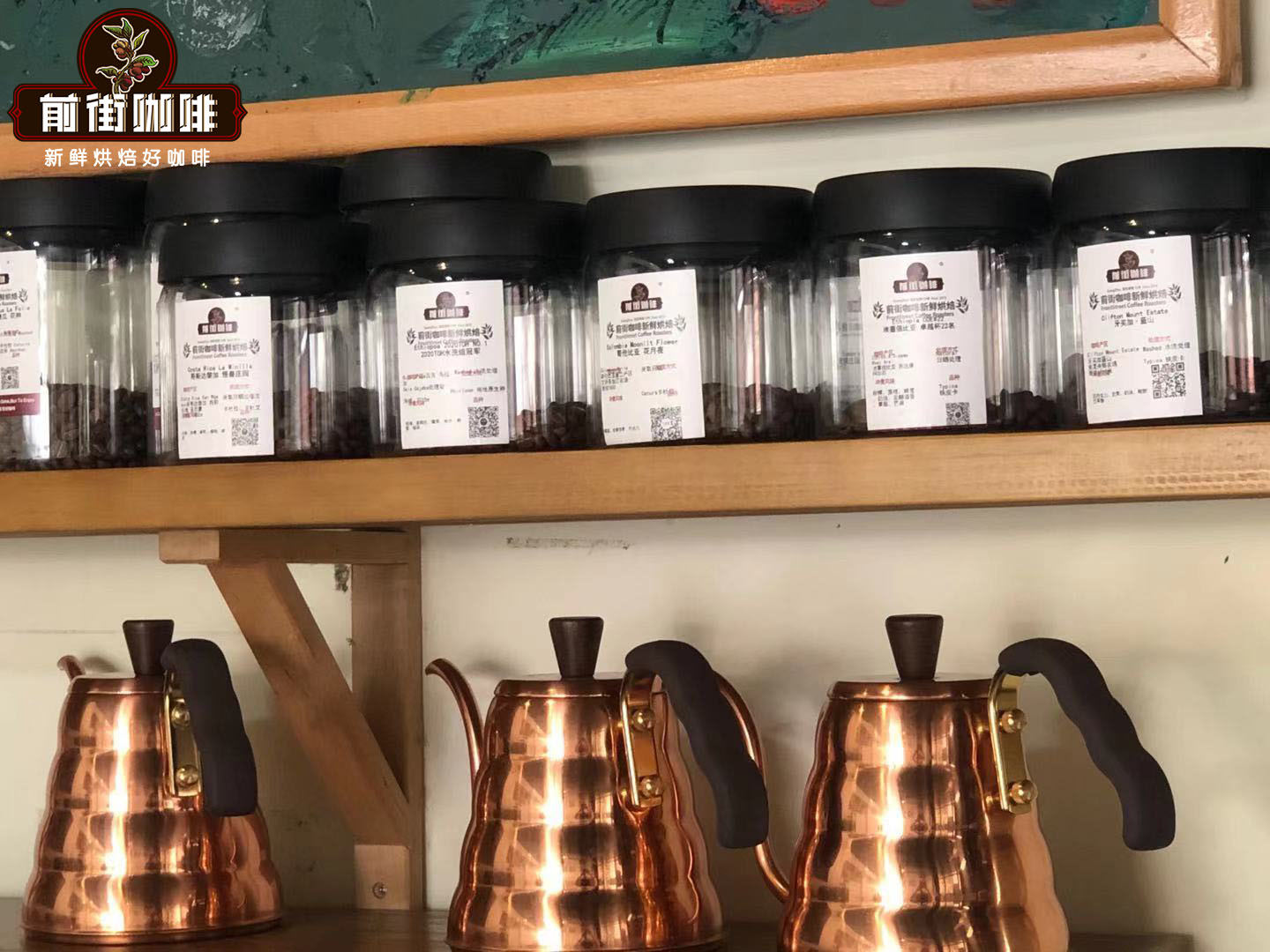
The concept of early C and late A has recently become popular in Weibo. With the gradual expansion and refinement of beverages in the Chinese market, combinations of coffee and wine, coffee and tea, tea and wine are becoming more and more common. Tea-flavored wine is very common, and there are more and more types of alcoholic coffee to choose from. Among them, one is the most common in recent years, Shirley from Honduras.
Before the appearance of Shirley in Honduras, Honduran coffee beans had been rarely heard of. Today, however, because of the emergence of Shirley, there are many enthusiasts of Honduran coffee beans. Honduras is now one of the largest coffee producers in Central America and the seventh largest coffee producer in the world, producing more than 450000 tons of coffee beans from 2017 to 2019 and 336000 tons in 2020.
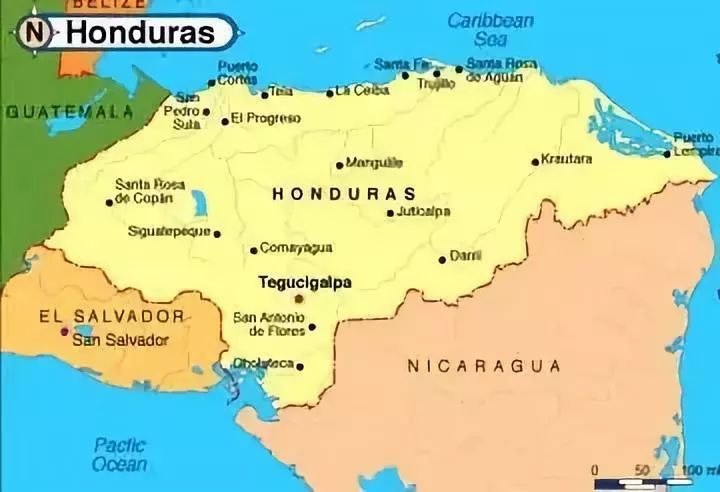
The history of coffee in Honduras began in the 18th century, when merchants brought coffee to the land. It was not until the 19th century that it was documented that coffee was grown in Honduras. It was not until the 20th century that the coffee crop really flourished in Honduras. In the 1970s, the Honduran Coffee Association Hondure ñ o del Cafe (IHCAFE) was established to improve the quality of Honduran coffee. In 1998, Honduras was hit by a hurricane, destroying a large number of crops in the country, including coffee. In 2011, Honduras produced more coffee beans than Costa Rica and Guatemala combined.
Today, Honduran coffee is one of the most popular coffee producers on the market.
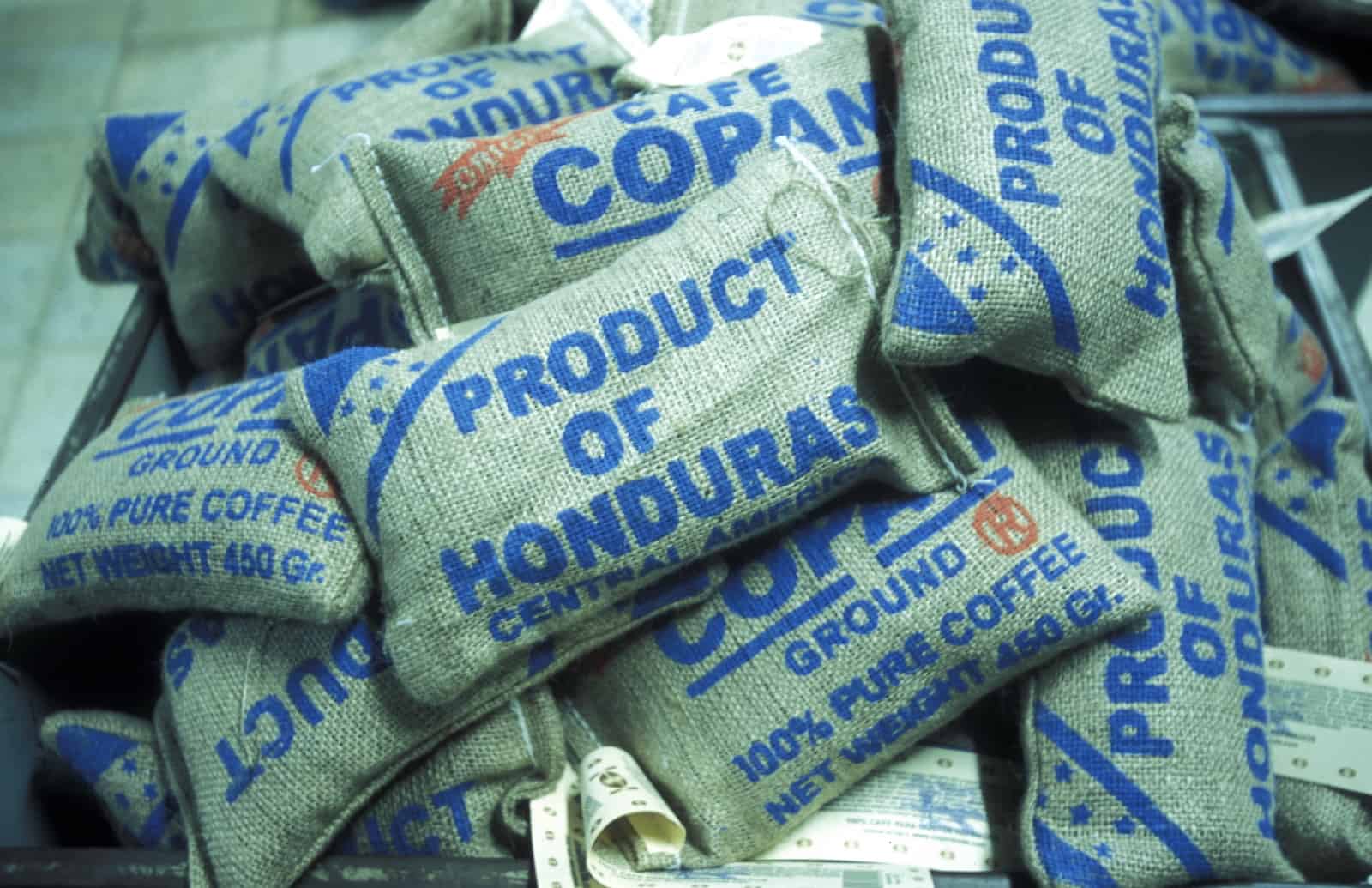
The reason why the Honduran sherry coffee on the front street is delicious and popular is that Honduras has a special location, facing the Caribbean Sea to the north and the Pacific Ocean to the south, with complex terrain and high elevation in the coffee growing area. Moreover, the climate in Honduras is mild. The appropriate temperature and extremely high altitude greatly reduce the risk of disease in coffee trees, and use more energy to grow delicious coffee fruits.
The main coffee producing areas in Honduras are Copan, Opalaca, Montecillos, Comayagua, Agalta and El Paraiso.
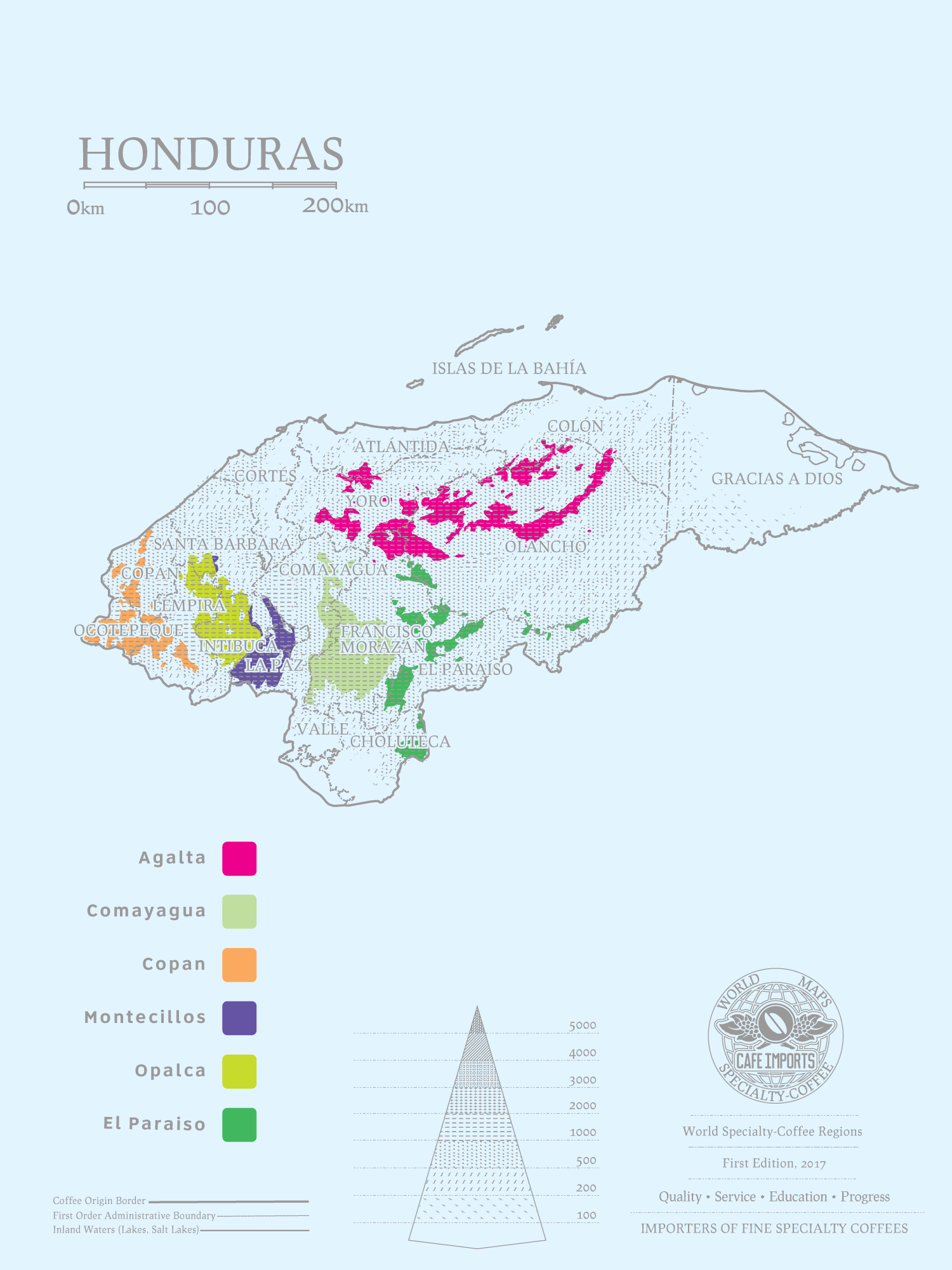
[Copan]
Copan production area is located between Honduras and Guatemala border, where the cultivation of more than 1000 meters above sea level, is one of the most famous coffee growing areas in Honduras. There are great differences in temperature and humidity in Copan producing area throughout the year. Honduran coffee in this producing area is characterized by aroma, sweetness and rich taste.
[Montesius]
Montecius is located on the border between Honduras and El Salvador. Due to the low temperature at night, the highest planting altitude can be up to 1600 meters, coffee cherries take longer to ripen, and the coffee fruit in Montecius is more sour and sweet.
[Gongma Agua]
The yield of Gongma Agua is the highest in Honduras in 2016. The coffee growing area of Gongma Agua is located in the remote mountains of central Honduras, where the coffee is a blend of citrus and honey flavors, with a balanced sweet and sour taste and a smooth taste.
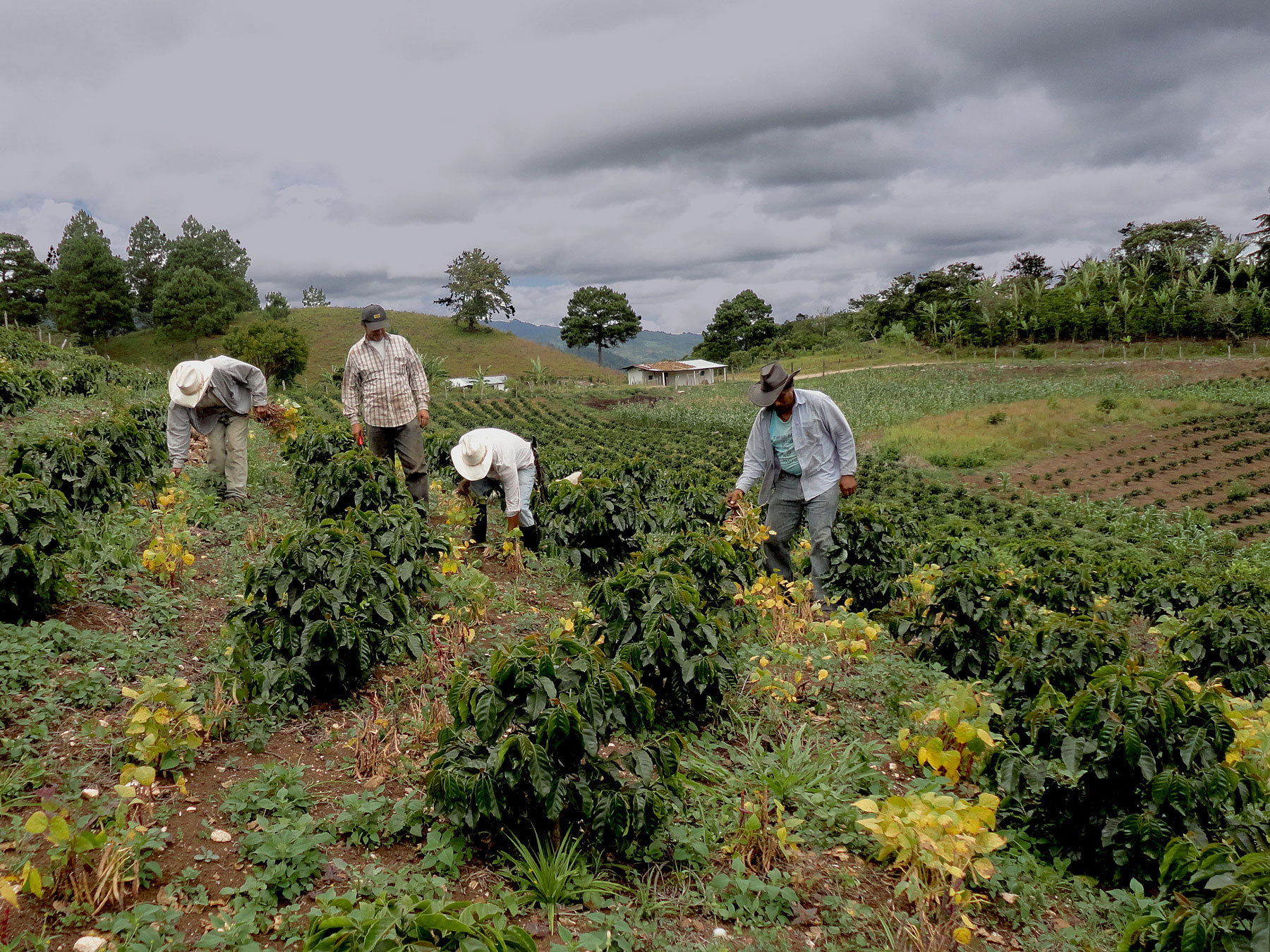
[Akata]
Most of the producing areas are forest reserves with superior ecological environment, but the elevation is slightly lower, between 1000 meters and 1400 meters, and belongs to tropical climate. The coffee produced in this area has the flavor of fruit and chocolate.
[Parasso]
Located on the border between Honduras and Nicaragua, it is the oldest and largest coffee producing area in Honduras. It is planted between 1000 and 1400 meters above sea level, and a coffee bean from Palaso won the championship at the Honduras Excellence Cup (COE) in 2017.
[Obalaka]
The western part of the producing area is near the Copan producing area, and it is planted at a slightly higher altitude, giving the coffee beans in the producing area a strong aroma and a tropical fruit flavor. The more famous sub-producing areas under the main producing areas are the producing areas of Masaguara.
On the bean list of Qianjie Coffee, there are two kinds of beans in the country of Honduras. One is Honduras Shirley, which is classified as food rations and beans, and the other is Litchi Orchid.
In the Qianjie coffee rations bean series, each coffee bean represents the classic flavor of a certain coffee origin or a certain factor. Such as the flowers of Yega washed with Ethiopian water and the herbaceous flavor of Indonesian wet planing. On the other hand, Qianjie uses Honduras Shirley as a classic case of special treatment.
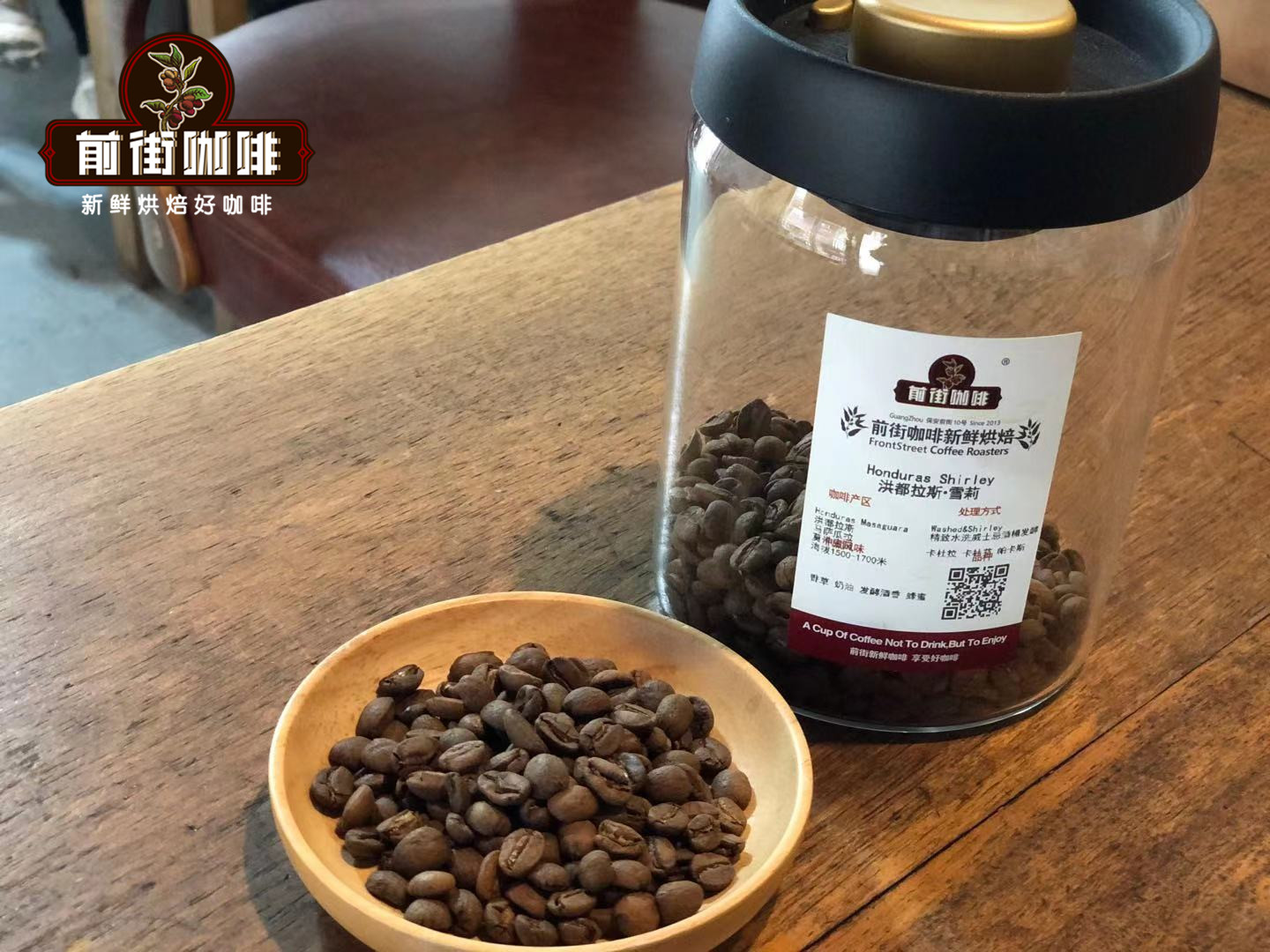
Front Street Coffee, Honduras Shirley.
Producing area: Masaguara, Honduras
Manor: Moca Manor
Altitude: 1500 m-1700 m
Variety: Kaddura, Kaduai, Pacas
Treatment: fine washing whisky barrel fermentation
The flavor of this Honduran coffee in front street is described as vanilla, cream, fermented wine and honey.
Shirley in Honduras is a bean fermented in a barrel from Moca Manor. Mocha Manor is prepared on the same day after the harvest of ripe coffee fruit, which is washed after the peel and flesh of the coffee fruit is removed. Then put the raw coffee beans with sheep skin into sherry buckets and ferment at a low temperature for 30 to 40 days. finally, the raw coffee beans with parchment are taken out and spread in a cool place to dry.
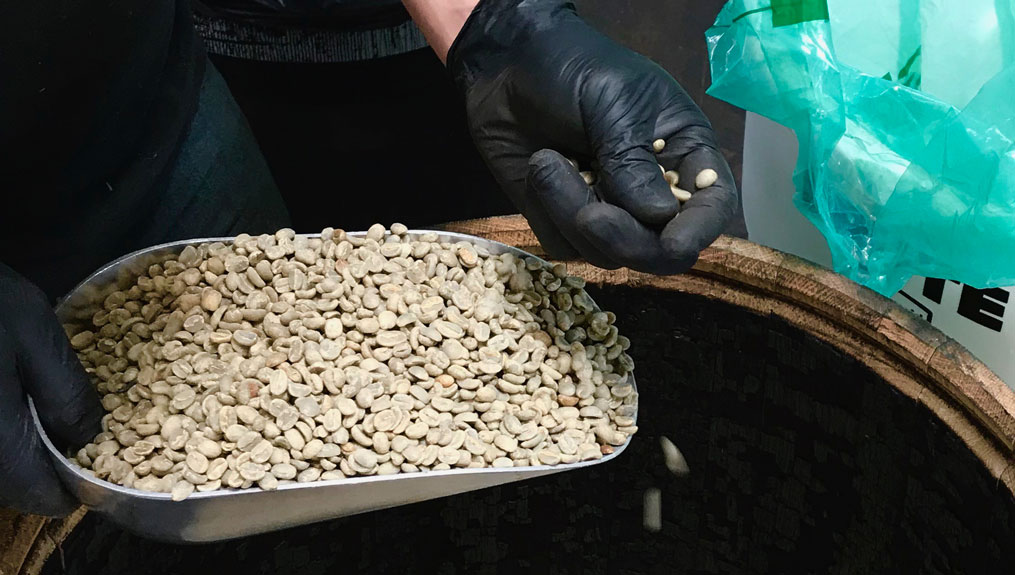
The final drying step must not be exposed to the sun, because the heat caused by the direct sunlight can volatilize the wine flavor absorbed from the coffee raw beans and cause bad fermentation sour taste.
As anyone who knows whisky knows, there are many kinds of whisky barrels, including port, red wine, brandy, sherry and expensive rotten wine. Among them, Porter whisky will have a hint of salty taste, while the whisky cooked in sherry barrels is the sweetest and most delicious among many barrels.
In the column of Honduras on the front street, there are beans fermented in different barrels, lychee orchid, fermented in brandy barrels. Through the cup test in the front street, it was found that Shirley's flavor was sweeter than that of litchi orchid. If you say so much, you might as well buy it and try it directly.
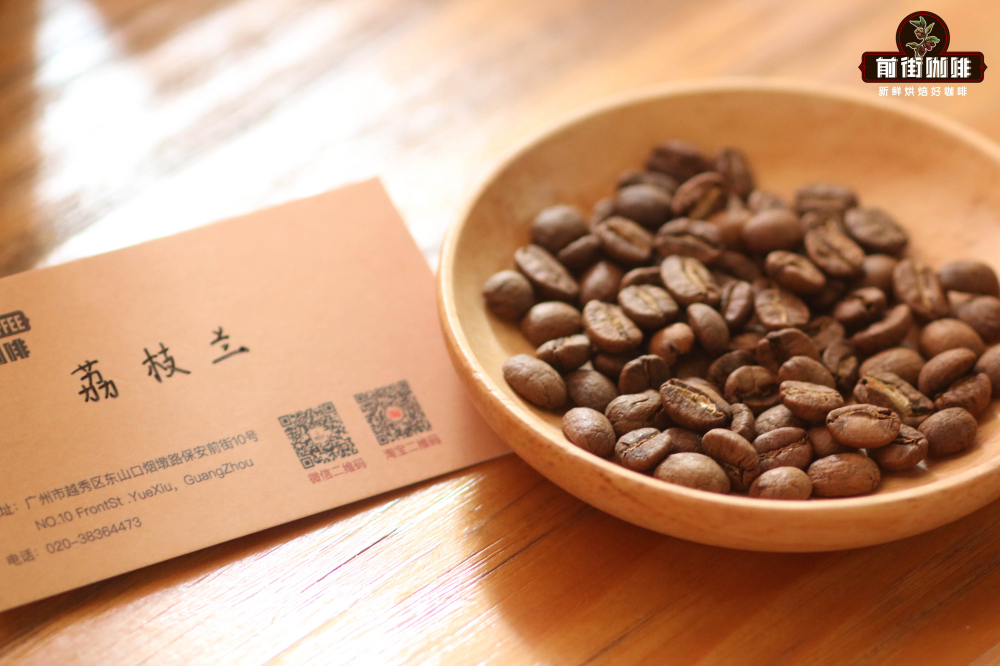
Qianjie Coffee Litchi Orchid of Moca Manor in Honduras
Producing area: Masaguara, Honduras
Manor: Moca Manor
Altitude: 1500 m-1700 m
Variety: Kaddura, Kaduai
Treatment: washing + brandy barrel fermentation
When baking the Honduran lychee orchid in Qianjie, the baker chose a medium baking degree to express the overall balance of the lychee orchid, while Shirley also used medium baking to highlight Shirley's sweetness and balanced taste.
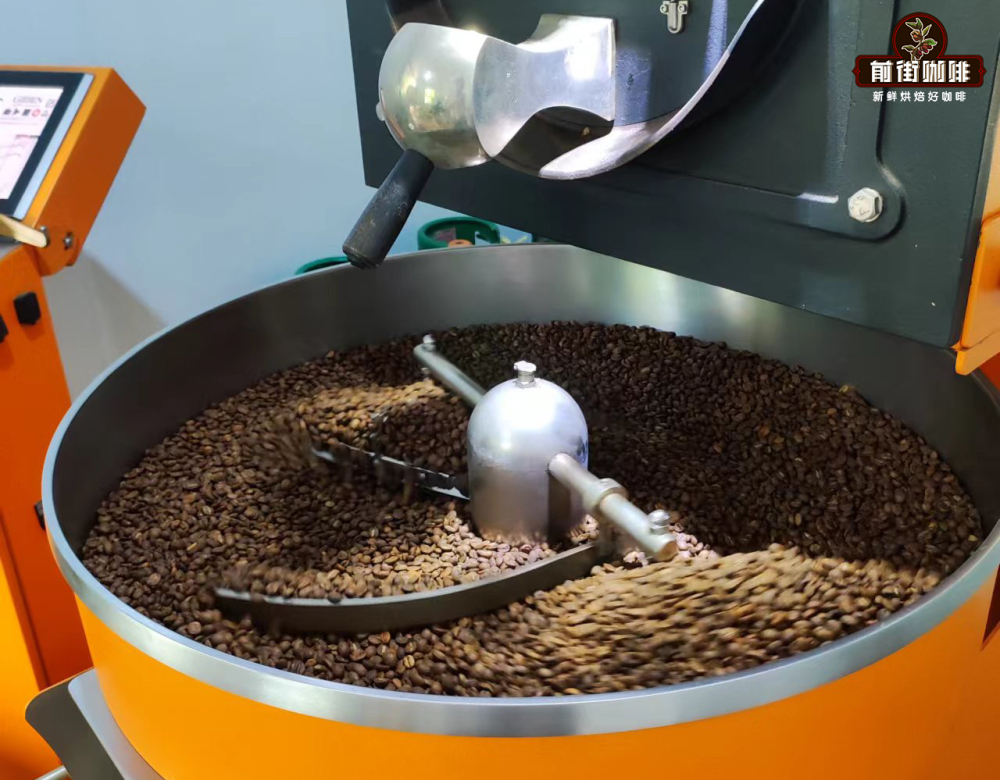
In order to produce the aroma of two kinds of coffee beans, Qianjie recommends a higher water temperature, that is, 92 degrees Celsius. Because the water temperature is too high, in order to avoid over-extraction, you can use a filter cup with a fast flow rate, such as Hario's V60 filter cup.
Filter cup: Hario V60
Water temperature: 92 degrees Celsius
Amount of powder: 15g
Ratio of powder to water: 1:15
Grinding degree: the pass rate of No. 20 screen is 80%.
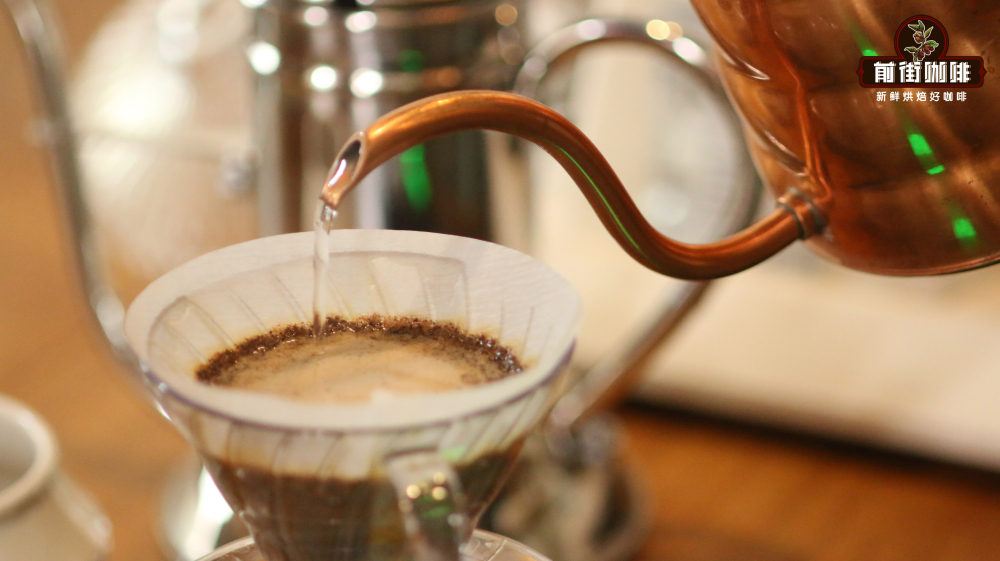
In terms of the way of brewing and cooking, Qianjie suggests using three-stage water injection, which has a richer sense of hierarchy. First inject 30 grams of hot water for 30 seconds of steaming, small flow slowly circle into the second section of water to 125 grams, and so on when the water level in the filter cup drops to 1 / 2, continue to gently inject the third section of water to 225 grams, the coffee liquid in the filter cup drips to the bottom to share the pot to remove the filter cup, the total extraction time is about 2 minutes.
For more information about coffee beans, please follow the coffee workshop (Wechat official account cafe_style) and exchange professional coffee knowledge. Please add Wechat account kaixinguoguo0925.
Important Notice :
前街咖啡 FrontStreet Coffee has moved to new addredd:
FrontStreet Coffee Address: 315,Donghua East Road,GuangZhou
Tel:020 38364473
- Prev
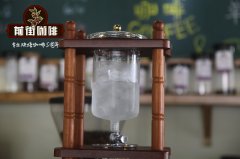
The highest bidding price of COE in 2011: an introduction to the Seikev COE winning Cooperative of Rwanda
Sacof, the COE winning Cooperative of Rwanda, is located in the west of Rwanda, near Lake Lake Kivu, the highest inland lake in Central Africa, and has a rich organic soil environment. The cooperative has the official certification of the Fair Trade Organization, but also has the characteristics of high-quality beans in East Africa, a good sense of sticky fat, elegant acidity and strong aroma.
- Next

Nicaraguan Coffee | Bull Manor-H1Variety Black Bull Flavor
Manor Manor-H1 Variety "Heimanniu" Manor: Las Promesas de San Blas area: Dipilto Variety: H1 altitude: 1250 m Refining method: sun treatment reference Flavor: what is the H1 variety of blueberry, plum, cherry and black jujube? H1 is a hybrid of Sarchimor Tmur5296 and Romi Sultan (Rume Sudan). Main characteristics: 1. Leaf resistance
Related
- Detailed explanation of Jadeite planting Land in Panamanian Jadeite Manor introduction to the grading system of Jadeite competitive bidding, Red bid, Green bid and Rose Summer
- Story of Coffee planting in Brenka region of Costa Rica Stonehenge Manor anaerobic heavy honey treatment of flavor mouth
- What's on the barrel of Blue Mountain Coffee beans?
- Can American coffee also pull flowers? How to use hot American style to pull out a good-looking pattern?
- Can you make a cold extract with coffee beans? What is the right proportion for cold-extracted coffee formula?
- Indonesian PWN Gold Mandrine Coffee Origin Features Flavor How to Chong? Mandolin coffee is American.
- A brief introduction to the flavor characteristics of Brazilian yellow bourbon coffee beans
- What is the effect of different water quality on the flavor of cold-extracted coffee? What kind of water is best for brewing coffee?
- Why do you think of Rose Summer whenever you mention Panamanian coffee?
- Introduction to the characteristics of authentic blue mountain coffee bean producing areas? What is the CIB Coffee Authority in Jamaica?

